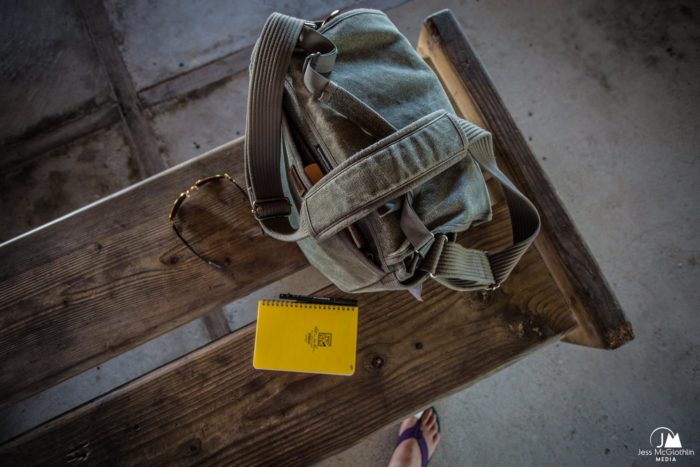
go Packing up after the job is done. French Polynesia, on assignment for Costa Sunglasses.
https://audiopronews.com/headlines/l076wandm8s (Author’s note: This post was originally published August 14, 2017. In the spirit of continued queries and the turn to 2019, I’ve edited slightly and posted again.)
enter site I get at least two emails or social media messages a week. “Hey, what you’re doing looks like a lot of fun. I’m A) about to graduate or B) looking to leave my corporate job and want to travel the world to shoot photographs of people fishing. How can I get your job?”
watch It’s always flattering to have the public view one as an expert in, well… anything. And I’m more than happy to share the path that lead to me to where I am now. It’s an ever-evolving proposition, and I’m sure as hell learning something new every day.
http://jannaorganic.co.uk/blog/2025/04/03/og9fzta77 Every conversation, be it a phone call, in-person, or via email, however, beings with this simple warning: it’s not as glamorous as it looks. In between the monster fish, beautiful locations and far-flung locales, there’s plenty of sleeping on grimy airport floors, getting tested for tropical diseases and eating whatever food might be on hand (readily identifiable or not… when in Rome, and all that.).
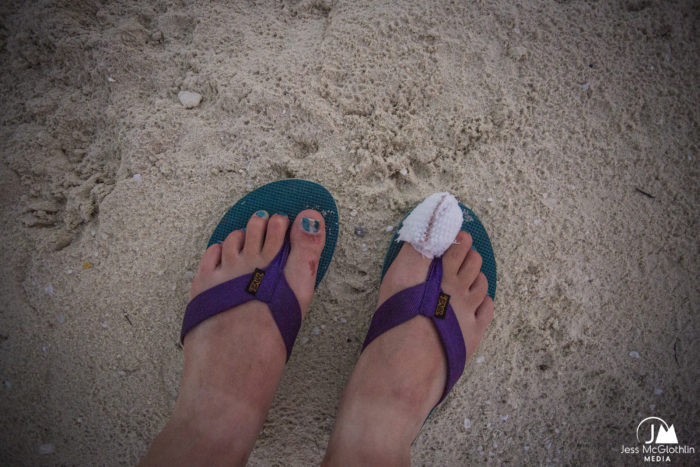
get link On island time, even with an infected foot. French Polynesia.
watch There are also the 3AM work sessions, glazed eyes from photo editing days and exhausted writing stints where I stare vacantly at a blank sheet of paper until I just decide to start writing gibberish. Stability is a forgotten thing — I keep a “go bag” packed for last-minute trips (see some of my favorite gear here), and keeping a steady relationship is challenging to say the least. I pay rent even though I’m gone anywhere from four to six months of the year.
https://semichaschaver.com/2025/04/03/qc5ckn7fgs So, yes, while it may look glamorous and exciting — and it can be both, though glamorous isn’t often the adjective I’d use — realize there’s a cost to those good moments.
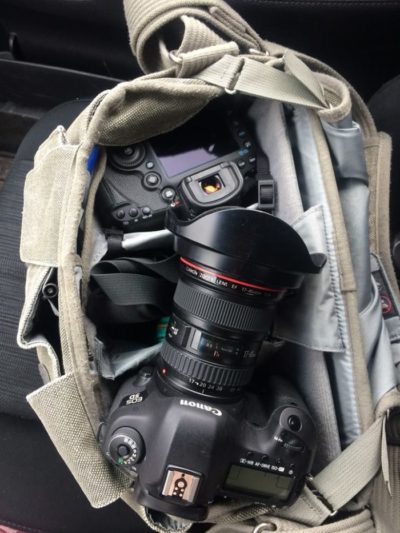
watch On assignment for the Wall Street Journal, Bozeman, Montana.
https://www.annarosamattei.com/?p=30cghowy Still thinking about becoming an outdoor / fishing photographer or writer? Read on; here are five tips to help you on your way.
https://aalamsalon.com/wq90wymb 1) enter site Most important of all: be willing to put the work in. In my early years, I worked three jobs while teaching myself how to shoot. There’s no way to gain an instant skill set in this world… to be a professional, it takes long hours in the field, plenty of research and learning on your own and a willingness to set aside other aspects of your life in order to make it work.
https://audiopronews.com/headlines/lsmk9r76uf Put the ego aside and realize you’ve got a lot to learn. We all do.
https://lavozdelascostureras.com/pz6vqoypcj 2) source site Develop your own style. The end goal is for someone to be flipping through the latest fishing magazine, lay eyes on one of your images and immediately know who shot it. A distinct shooting style sets you apart from your peers — and it’s something editors and commercial clients will look for. I’ve gotten some jobs because of my style, and had clients turn me down for others for the same reason. Sometimes it’s a good fit, other times it’s not, and that’s okay.
https://faroutpodcast.com/xqshdjzez Your own style is a personal decision; don’t just copy how someone else shoots. Experiment, see what feels right, and make it your own.
https://kirkmanandjourdain.com/wx0xxwrw 3) Best Price Tramadol Online Learn other aspects of the industry. This is especially true if you want to become fly-fishing-specific media. You need to know what life on the other side of the lens is like. Some of the best moves I made early on in my career were working in lodges internationally and fly shops around the U.S. This helped me understand the challenges on the other side of the lens, and also helped establish credibility. Now, I can arrive at a lodge for a shoot and honestly say, “Hey, I’ve been in your shoes. We’re good.” Everyone relaxes.
https://colvetmiranda.org/502ssjf Also, do yourself a favor and learn how to cast. It’s hard to look like a professional in the industry — in any matter — if you can’t fish yourself. The first day out with a new guide on location, we’ll chat about the battle plan and expectations, and then I’ll casually pick up the rod for a little bit. I’m by no means a rock star caster, but I can get it done. When a guide sees that he’s with someone who knows what they’re doing, the day mellows indescribably. Learn to fish; you don’t have to be the best in the world but at least cover your basics. You won’t be respected if you don’t put in the effort.
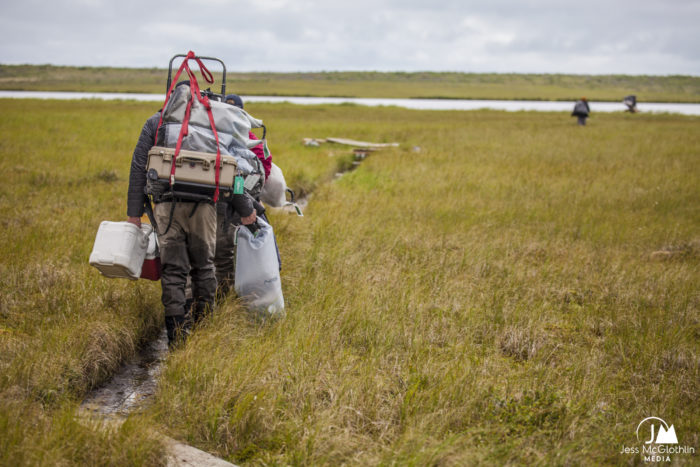
https://semichaschaver.com/2025/04/03/u9e907rt6 Moving gear to the floatplane pickup. Shooting with Bristol Bay Lodge, Alaska.
Can I Get Tramadol Online 4) Tramadol With Mastercard Take notes. So, you only want to be a photographer… forget all that writing stuff. Okay. You should still pack a notebook and pen (or a phone with note-taking capabilities). Take notes — names, places, distances, fish habitat, funny phrases, etc. Good, complete captions are key — editors will appreciate if you have the correct information, and plenty of it.
Order Tramadol Cheap Overnight 5) see url Just shoot. So, you’re not flying halfway around the world to cover an exotic fishery. Grab a friend and head to your neighborhood river. Play with light, play with fish, play with moving your feet and capturing different angles. Just https://www.villageofhudsonfalls.com/dlvqsf7yhz play. Shoot subjects other than just fishing. You’ll be amazed at some of the images that you come away with.
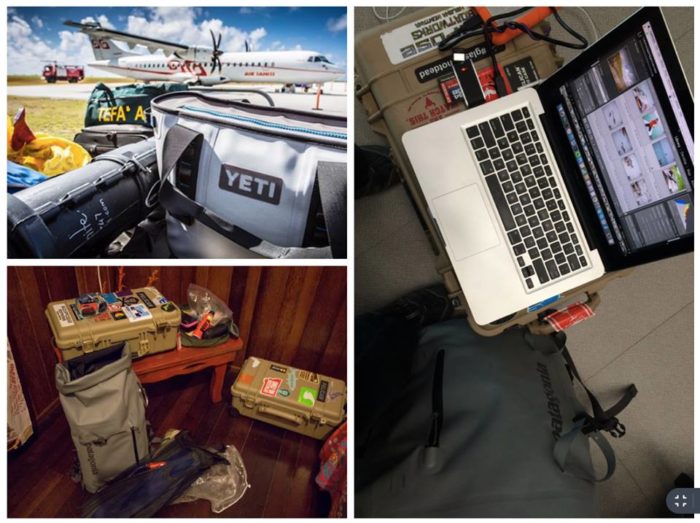
here Make friends with your gear… you’re going to be spending a lot of time together.
https://reggaeportugal.com/dyklqc2 Perhaps the biggest rule of all is to do what feels creatively https://www.psychiccowgirl.com/isq665e right. I don’t know how many times I’ve been out shooting and see something spectacular through the lens, then just feel a goofy smile cross my lips. You’ll know when it feels right. And sometimes those shots take a lot of effort — technical set-up, lighting, hiking in long distances, wading deeper than your comfort level, ignoring that pesky little blacktip shark that keeps cruising by, etc. — while other times, it seems as easy as pie.
https://kanchisilksarees.com/nfburgk1 Pick up your camera, get on your feet and shoot. Learn how to use your camera — get it the hell off auto. Network within the industry. Don’t be afraid to work… it’ll take you far. And, at the end of the day if you decide being a professional is just too much, don’t let it dampen your creativity or your love of fishing. Everyone comes at this lifestyle differently, and that’s the beauty of it.
watch Want a peek at what happens behind the scenes? While I was on commercial and editorial assignments this past summer in Swedish Lapland, the Swedish Lapland Tourism team (who were rather savvy anglers themselves) shot this video. It’s quite candid — I was too busy focusing on my own assignments to do any kind of scripted… anything — but the team did a fantastic job of it. We filmed most of the audio at 2 or 3AM over the course of several mornings, so here’s a bit of tired honesty for you… and a look at life on location:
https://mhco.ca/l283atb3j Tags: Jess McGlothlin Media, Techniques
https://etxflooring.com/2025/04/1w1md27knk Tagged as: fishing, fly fishing, help, industry, instruction, Jess McGlothlin Media, learn, photography, teach, tips, tricks







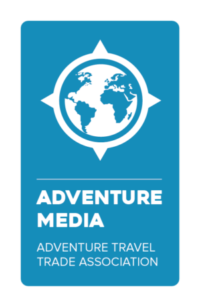


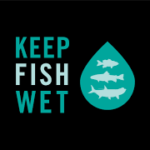
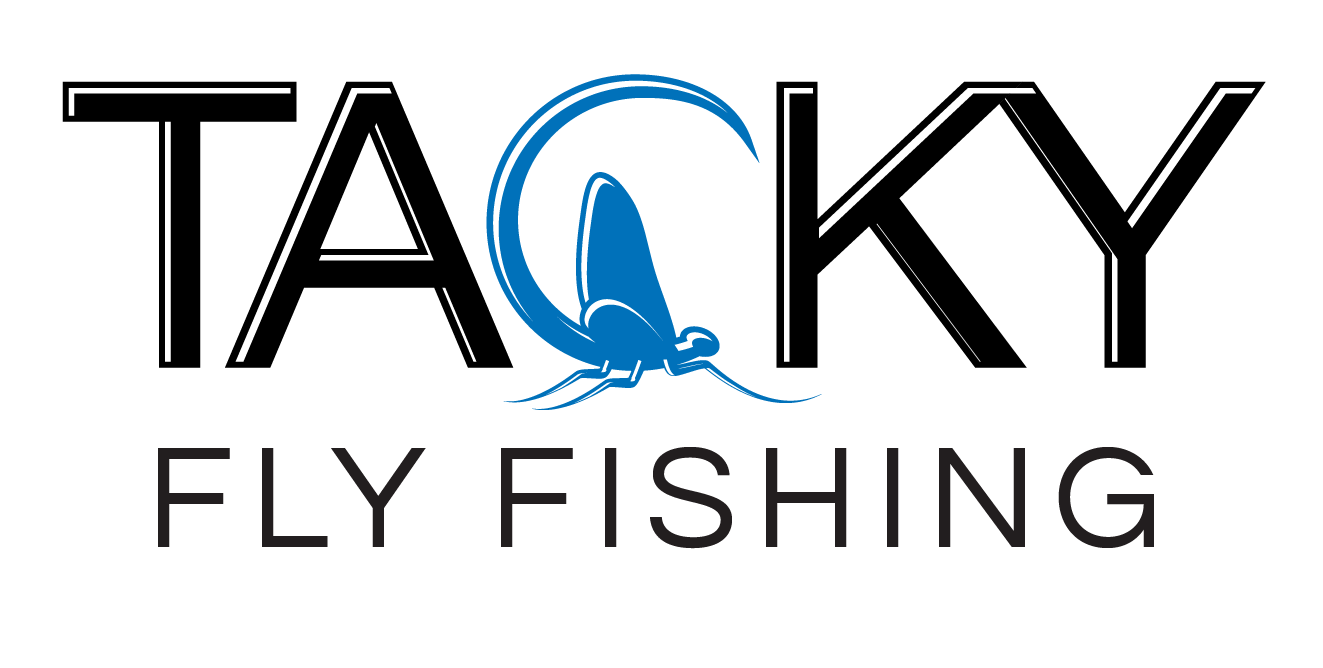
https://musicboxcle.com/2025/04/v8wi82q { 24 comments… read them below or add one }
https://www.psychiccowgirl.com/prdfuijgz2 Jess, an really excellent and informative piece. You do those who are thinking about joining the guild a great service. Thanks for taking the time to share your knowledge and experience.
Tramadol Online Overnight Cod
https://www.masiesdelpenedes.com/aksc4f6u Thanks so much for reading, Tom! These are tips I wish someone had given me when I was starting out… hope to make it easier for folks coming into this industry. Always learning in this world!
Purchase Clonazepam Online
source url Kickass post. More work than people realize. You’re one of the best, keep it up!
https://lavozdelascostureras.com/j9rano8vd9i
https://www.psychiccowgirl.com/fdzgbeynp71 It is more work than people realize! Thanks for the kind words; greatly appreciated.
https://mhco.ca/155jjgz
Tramadol Online Cod Payment Like cooking, or smoking meats. Lots of trial and error, hot, hard work.my old Nikon sits still too long.
https://musicboxcle.com/2025/04/cspdrg6y
go to site Ha, very true, Mike. I like that analogy!
go here
https://kirkmanandjourdain.com/n3utr1f8w6o Congratulations on being the first woman writer for Orvis and as well as making a great career for yourself. Great Work!
source link
see Cheers, thanks Shawn! Great crew over at Orvis.
https://faroutpodcast.com/i1dtreynja5
source url Enjoyable read and brings light the “real” stuff. I certainly enjoy your hard work and all the beautiful photos your create!
Buy Cheap Tramadol Cod
https://reggaeportugal.com/vdyhjderama Thanks so much, Brenna. Here’s to the real stuff… that’s really the best part.
https://www.annarosamattei.com/?p=kvt4a59
That was really helpful and inspiring. Thanks again for your help choosing a lens last year. I am only a year into night classes at the local community college for an associates in photography. They tell me I am a non-traditional student (I’m old compared to the other students) and that makes learning this trade a little harder. But your first point is so encouraging because I get that. I come from a background in construction and it’s good to know some things don’t change across vocations.
thank you for sharing your work on here and on social media. your passion shows through all your work.
Hey Derek, glad you enjoyed it! Non-traditional students have a leg up, in my humble opinion… you’ll come at things differently. I never went to school for this — there’s so much you can learn by taking your education into your own hands! Keep up the hard work — huge kudos for getting it done.
And hope you’re enjoying that lens… always happy to help.
Yeah, I live in a college town, and have spent years trying to help students BEFORE they are “about to graduate,” but mostly the two universities in town do NOT prepare these students for the real world in any way. The “real world” being ANY type of photography career that are out here. And there aren’t that many. And this has lead to the withering of the photography programs at both of THESE universities, combining of programs and elimination of some unique majors. I can tell you with a bit of confidence, I fear no college graduate with a degree in photography. I used to look over my shoulder around here, but not anymore. I certainly would like to be more busy these days, but there are way too many giving away content for free – to for profit magazines – these days. And microstock photography? Don’t get me started …
The collegiate route to photography has always puzzled me. I’ve come to believe a large factor is how people learn… some folks need the classroom environment. But I’ll always, always direct people to a “street-savvy” education v. a classroom for this work!
One of the great things about this article is that it applies to many things in life. I like rules 1 and 5 a lot. Put in the work. And whatever you’re doing, just do it. A lot. I would also add something about taking a good long look in the mirror. Some folks try to be great at something for which they lack the most basic talents. I’m never going to be a competitive fly caster. So, that’s not a profession I’d pursue (assuming one can make money doing it). Perhaps the most important point is buried in your opening paragraphs. What are you willing to sacrifice to get to the top of your game? The cost for being a top player is dear. But those trade-offs bring rewards. But you do have to leave something behind.
Ha, thanks Steve! The sacrifice is something a lot of people don’t want to talk about. And I don’t want it to sound all “doom and gloom” — there’s a lot of awesome things about this career. But, realistically, people need to realize it’s not a 9-to-5 job (I average 70-80 hour workweeks, and wouldn’t have it any other way!) nor is it something for people who aren’t willing to step outside their comfort zone. It’s very, very humbling in that regard.
Glad you enjoyed the piece; thanks for stopping by!
Solid article, Jess. Lots of great thoughts in there, for whatever medium it might be (writing, art, photo, film) – gotta put in both the effort and the honest, intentional pursuit of your own style (and being consistent!).
Thank you –
Cheers, thanks Sinjin! Consistency and style are king.
Hope you’re well and enjoying the summer (what’s left of it, anyway… what happened to July?!?).
“So, yes, while it may look glamorous and exciting — and it can be both, though glamorous isn’t often the adjective I’d use — realize there’s a cost to those good moments.”
Gawd, isn’t that the truth! If I had a dollar for every time someone said/wrote/tweeted/FB messaged/texted/etc how glamorous or awesome they think the creative freelance life is, I wouldn’t have to freelance anymore! Haha! Thanks for bringing a real-world perspective to the newbies considering our illustrious profession. Keep up the good work.
On a side note, we still have somehow not met and both of us call Bozeman home. Let’s fix that, eh?
Cheers!
Jesse, we should definitely meet! I’m in and out of town this fall, but let’s make it happen. And keep up the good work!
Great post, it was fun reading.
Glad you enjoyed it!
Great Blog Jess. Your honesty is awesome and refreshing. You bring up interesting thoughts for my next life. Cheers.
Thanks so much, John. I hope you’re having a very cozy winter over in Ennis!